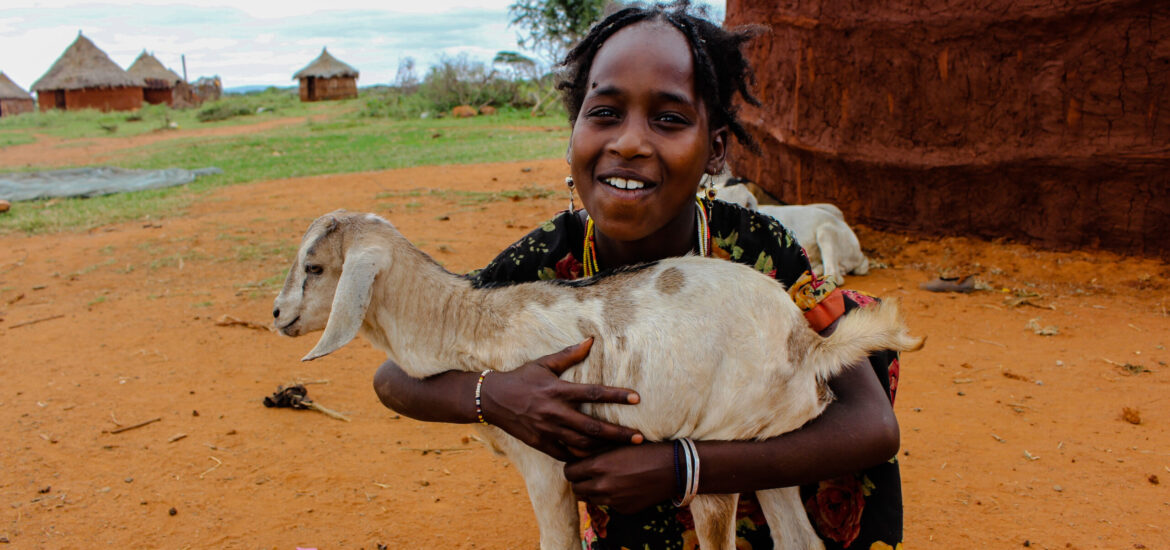
Promising results from a Phase 1 clinical trial of the ChAdOx1 RVF vaccine against Rift Valley fever in humans.
This first evaluation of the vaccine in humans published in The Lancet Infectious Diseases was done in the United Kingdom with the aim of assessing the safety and immune response generated by a single shot of the ChAdOx1 RVF vaccine.
A total of 15 volunteers were recruited into the study and three immunised with a low dose, six with a medium dose and six with a high dose of ChAdOx1 RVF. The study participants were then monitored over a three-month period.
The vaccine was well tolerated with no serious adverse events or safety concerns. High levels of neutralising antibodies, which block viral infection and mediate protection from Rift Valley fever, were elicited by the vaccine. These immune responses were highest in the medium dose and high dose vaccinees and were durable over the three months of follow-up.
Dr Daniel Jenkin, the Lead Clinical Research Fellow of the trial at the Jenner Institute, University of Oxford, said:
‘Rift Valley fever is a deadly viral illness with no human vaccine. The results of our first trial of ChAdOx1 RVF in humans are an exciting development and strongly support developing this vaccine further by studying it in later phase clinical trials.’
ChAdOx1 RVF vaccine was developed by a team led by Professor George Warimwe of the KEMRI-Wellcome Trust Research Programme. The vaccine has previously been shown to provide protection against Rift Valley fever in farm animals, which means that ChAdOx1 RVF could potentially be used for both humans and animals.
Professor George Warimwe, senior author, and Deputy Executive Director of the KEMRI-Wellcome Trust Research Programme said:
‘We had carefully studied immune responses in farm animals and in humans to design the ChAdOx1 RVF vaccine, and it is suitable for a One Health approach whereby it protects both animals and humans. The promising safety and immunogenicity results observed on the first use of ChAdOx1 RVF in humans are very exciting and suggest that single doses will raise immune responses that will be protective in Rift Valley fever epidemics.’
Rift Valley Fever is a mosquito-borne viral illness of humans and farm animals that was first discovered in Kenya in 1930. Outbreaks of the disease are now common in Africa and the disease previously emerged in the Middle East. Clinical manifestations in humans include fever, muscle pain and other flu-like symptoms, but about 2% of cases develop severe illness that can result in blindness, convulsions, and bleeding. Approximately 50% of those with severe disease may die and spontaneous abortion (or miscarriage) in pregnancy can occur. In farm animals (sheep, goats, cattle), more than 90% of young animals affected by Rift Valley fever die and spontaneous abortion in almost all pregnant animals on a farm is typical.
While vaccines are available for veterinary use, no vaccines are currently available for human use. For this reason, the World Health Organization and the African Union have identified development of human vaccines as an urgent priority owing to the potential for public health emergencies arising from Rift valley fever epidemics.
Read the full report here: https://www.thelancet.com/journals/laninf/article/PIIS1473-3099(23)00068-3/fulltext
Cover photo credit: ILRI/ Camille Hanotte


 Deutsch
Deutsch